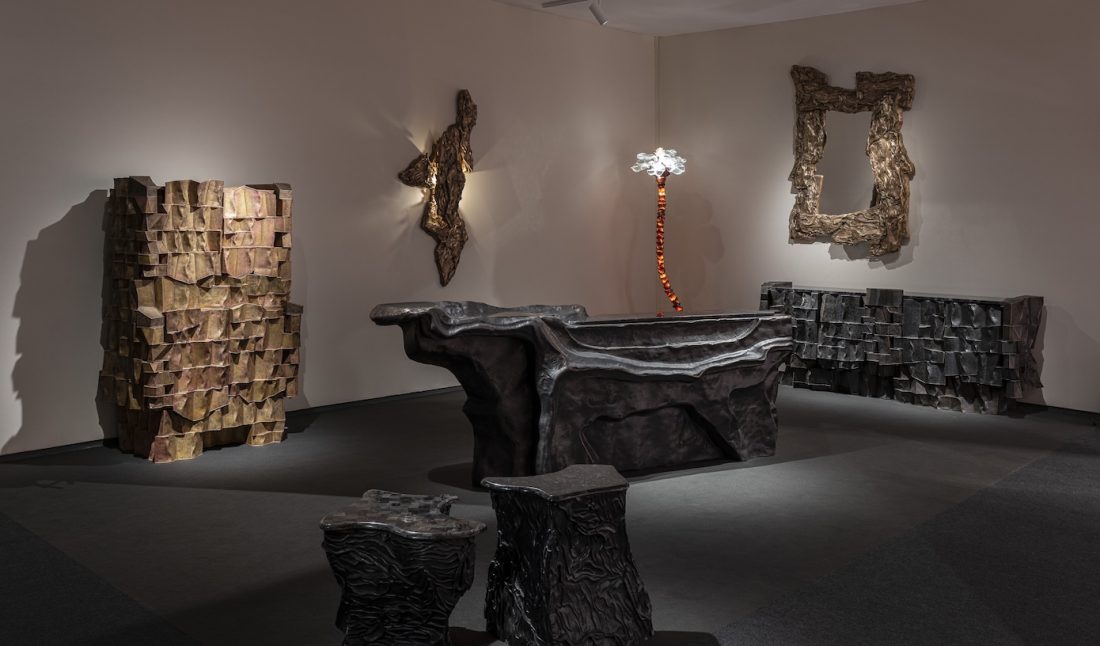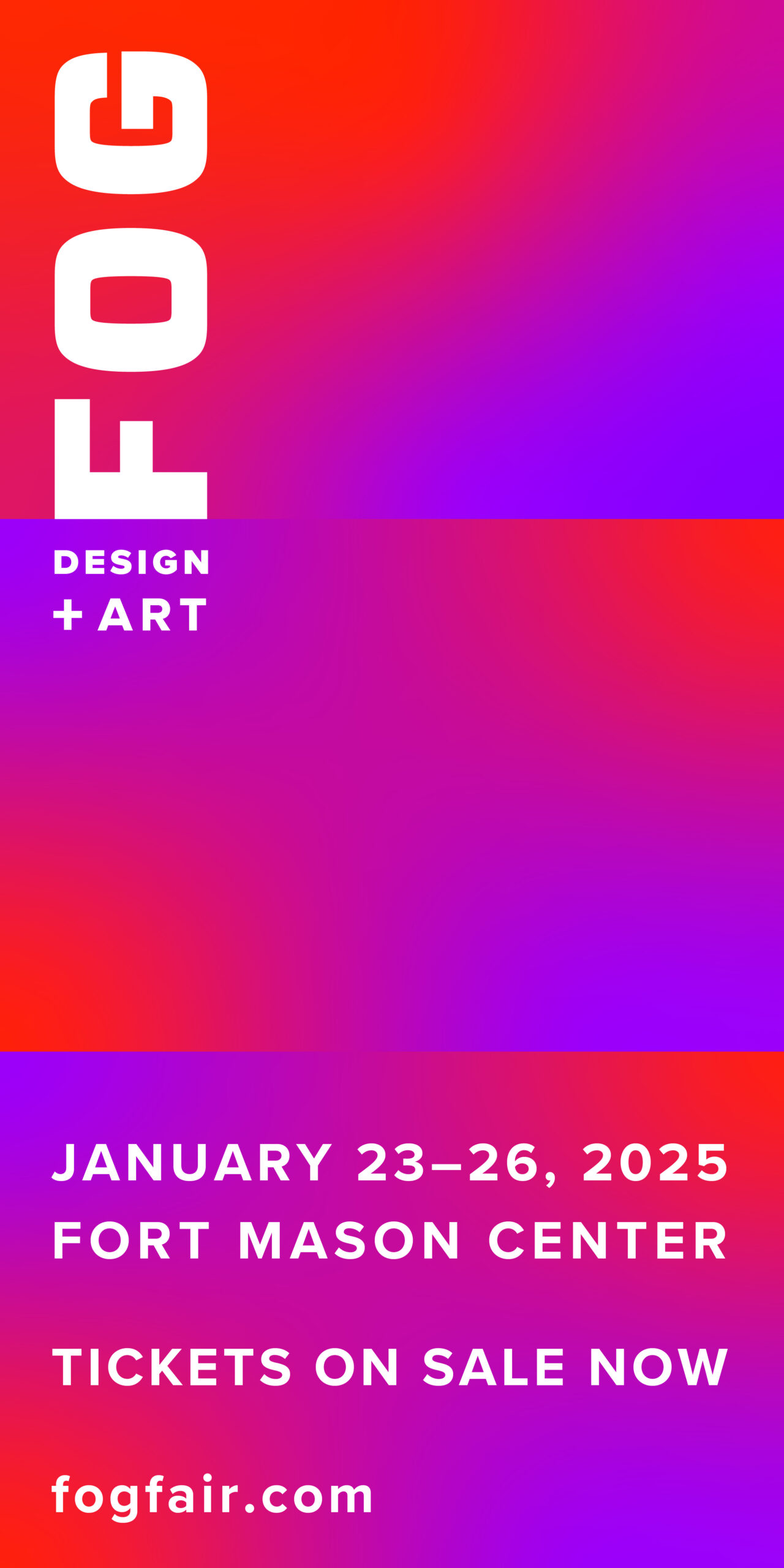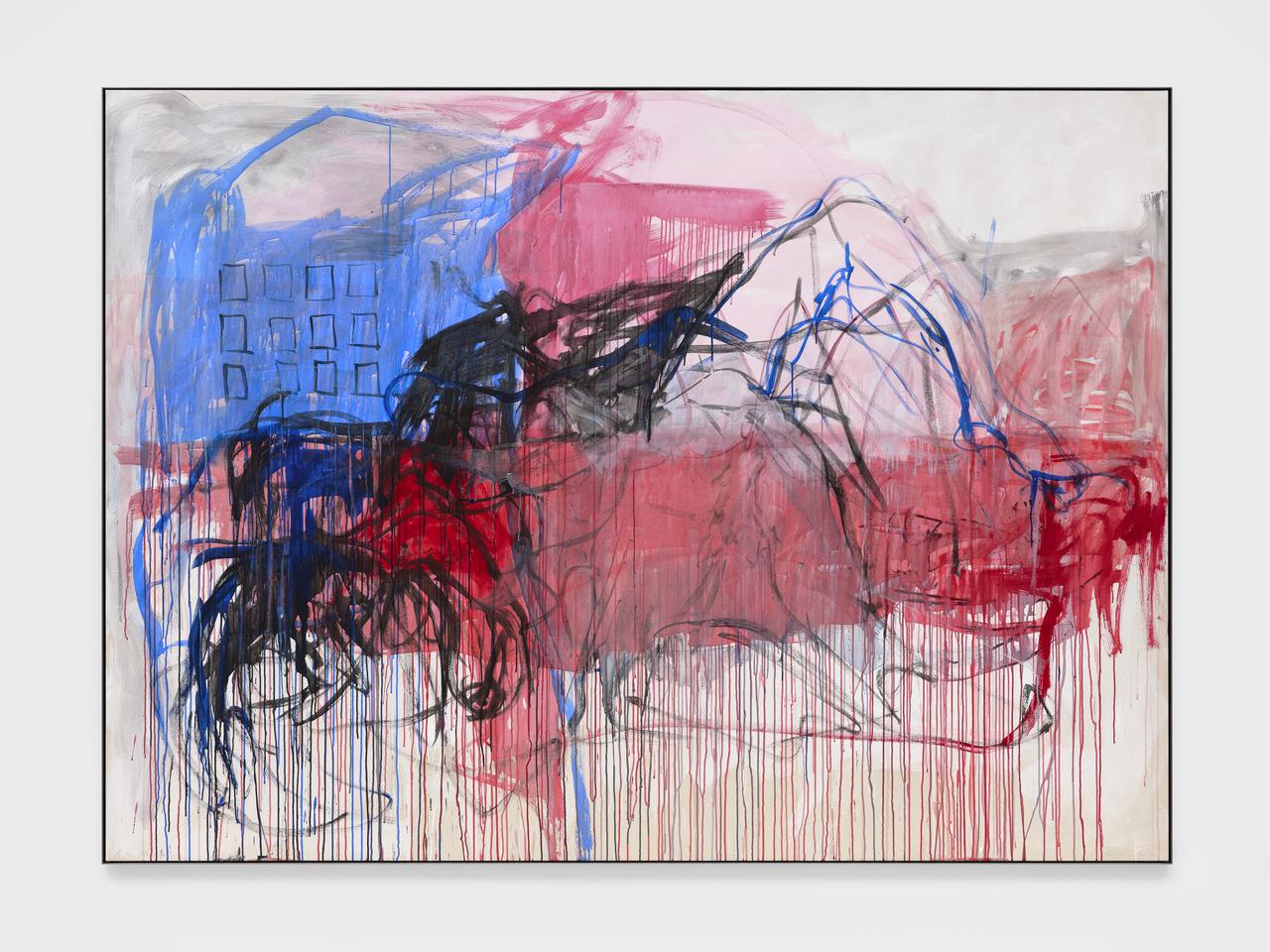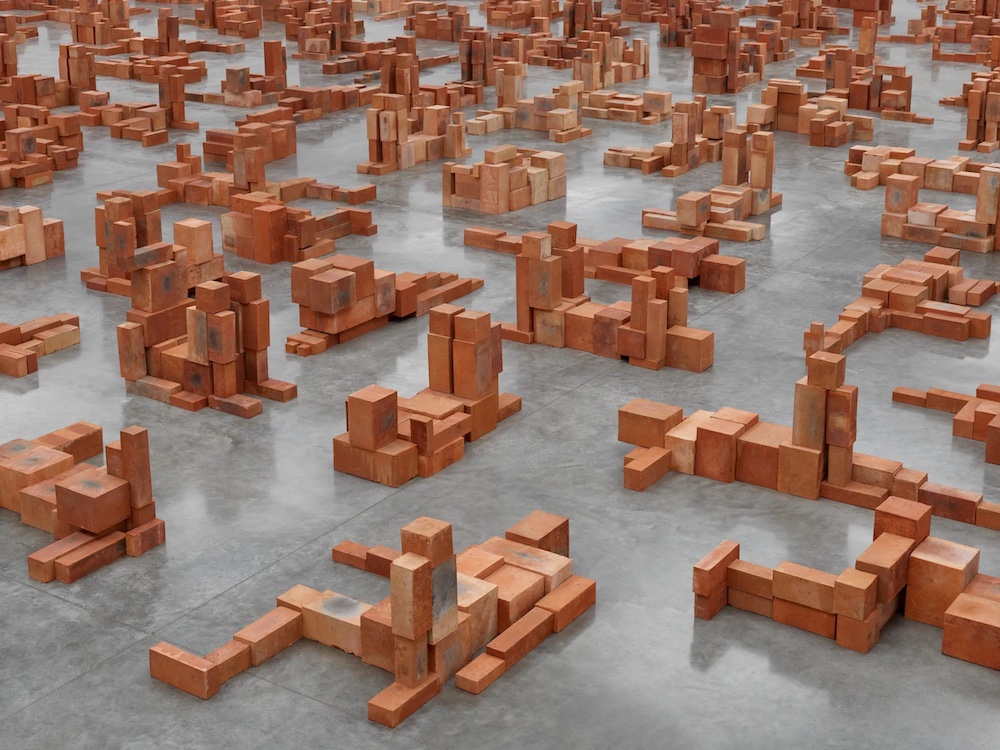As PAD London 2024 opens its doors for the sixteenth time, Berkeley Square once again becomes the epicenter of global design innovation. Running from October 8th to 13th, the fair showcases a stunning array of galleries from around the world, offering a seamless blend of contemporary and historical design that appeals to collectors and connoisseurs alike. This year, with 62 galleries, including 12 new participants, PAD continues to define the upper echelon of design fairs, merging aesthetic brilliance with cultural significance.
To gain a deeper understanding of the standout pieces and trends at PAD 2024, Whitewall walked through the fair with Freddy van Zevenbergen, the co-founder of Lambart & Browne. Freddy’s background is nothing short of remarkable. Known for shaping the interiors of some of the world’s most prestigious spaces, including iconic venues like 5 Hertford Street, Freddy brings a cultivated and discerning eye for the rare and the exquisite. His approach to design, rooted in balancing tradition with modern innovation, has made him a sought-after figure in the world of luxury interiors. His expertise, honed through years of creating bespoke environments for elite clients across the globe, offered invaluable insights as we explored PAD’s most captivating galleries. Freddy’s observations deepened appreciation for the extraordinary craftsmanship on display but also illuminated the evolving tastes and bold statements shaping the high-end design market today.
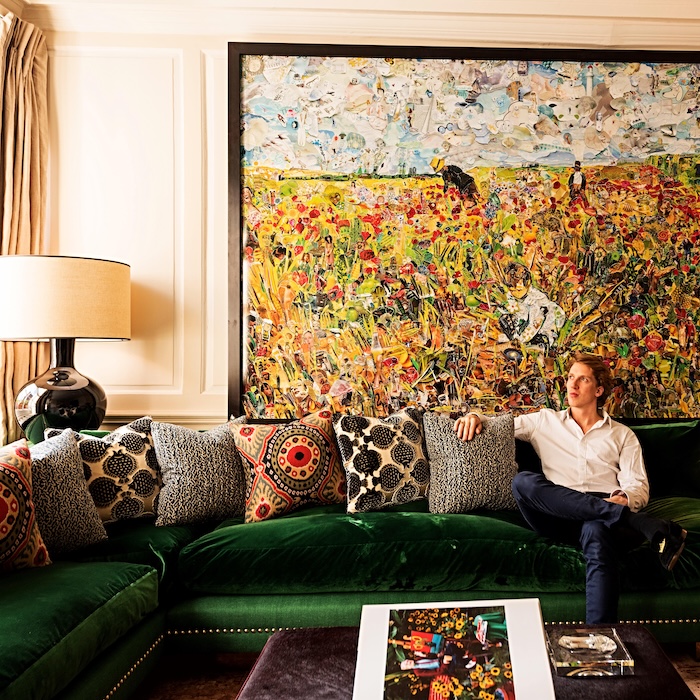 Freddy van Zevenbergen, Founding Director of Lambart & Browne. Courtesy of Lambart & Browne.
Freddy van Zevenbergen, Founding Director of Lambart & Browne. Courtesy of Lambart & Browne.
Celebrating London’s Melting Pot of Creativity
As we began our walk through the fair, Freddy reflected on the role that London plays in shaping the global design market. “London really sets the tone for the rest of the world when it comes to design,” he said. “While cities like Milan, Paris, and New York are significant, London is the place where so many different cultural influences come together. PAD exemplifies this melting pot of creativity, showcasing both the established names in design and the emerging voices pushing boundaries. What’s particularly interesting this year is the shift towards more daring, one-of-a-kind pieces. I’m seeing a real appetite for bold statements in design—pieces that provoke a strong reaction.”
“London really sets the tone for the rest of the world when it comes to design,”
Freddy van Zevenbergen
Galerie Gastou’s Remarkable Layering of Styles
This observation truly resonated as we explored Galerie Gastou, a true standout for both of us at this year’s fair. At first glance, the booth appeared to have a cohesive period feel, but upon closer examination, it revealed a remarkable layering of styles, from Art Deco motifs to contemporary carved elements, 1980s designs, and strikingly modern coffee tables. The highlight of the display was a pair of Diderot armchairs, designed by Guy de Rougemont in 1986. Crafted from exotic wood marquetry with a lacquer finish, these sculptural yet functional chairs exemplified the gallery’s commitment to timeless elegance. Freddy remarked on their versatility: “What’s brilliant about these chairs is that they can fit just as well in a contemporary home as they would in a more traditional setting. They don’t belong to a specific moment in time, and that’s what makes them truly collectible. You could walk past these in twenty years, and they’ll still feel relevant.”
Freddy elaborated further, noting the perfect balance between form and function: “What struck me was the harmony between their sculptural form and usability. Sometimes, with pieces like this, there’s a hesitation to use them, as they can feel like untouchable objects. But these chairs invite interaction. They blend subtle Art Deco and 1980s influences with hints of Egyptian and Moroccan design, without being overwhelming.” He emphasized the longevity of such design pieces: “When you invest in a piece like this, it’s different from buying art for the sake of art. You live with the piece, use it daily, and it needs to feel like a lasting part of your collection—something you’ll never tire of. These chairs achieve that, making them not only ageless but also practical for any interior.”
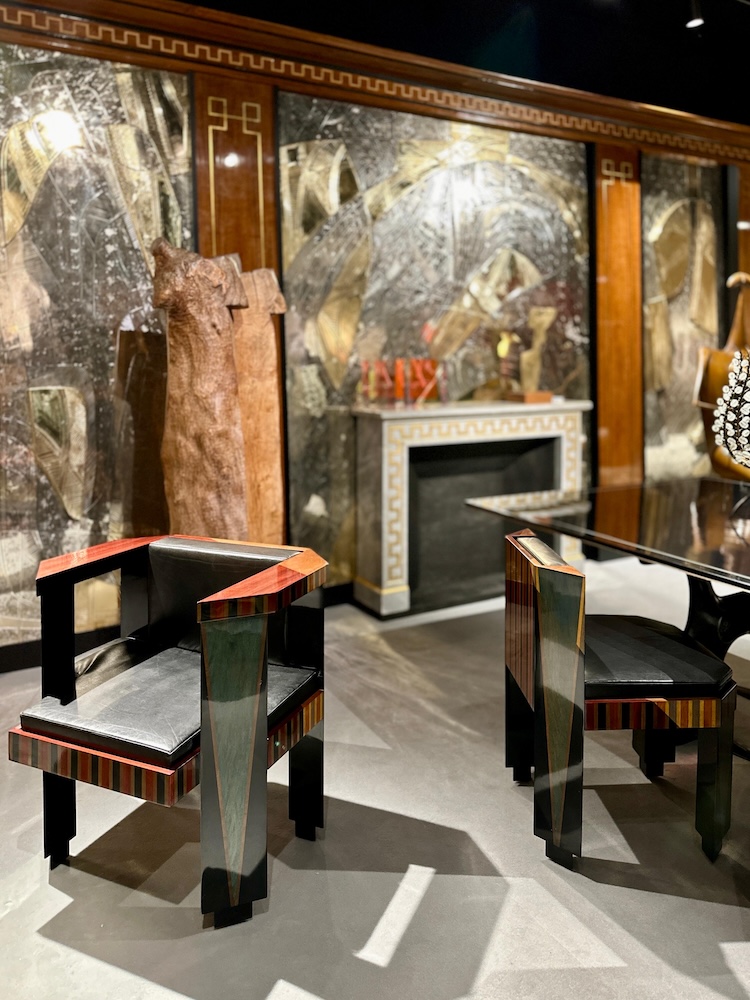 Diderot armchairs (1986) by Guy de Rougemont. Courtesy of Galerie Gastou. Photo by Freddy Van Zevenbergen.
Diderot armchairs (1986) by Guy de Rougemont. Courtesy of Galerie Gastou. Photo by Freddy Van Zevenbergen.
Appreciating Designs that Transcend Time and Tell a Story
Freddy’s appreciation for designs that transcend time carried through to our next stop at Galerie Hervé Van der Straeten, where the Réflexions cabinets, made of patinated bronze and lacquered wood, were enhanced by antique Chinese and Coromandel lacquer panels. Freddy was quick to point out how the design blended historical elements with modern craftsmanship. “These cabinets are a perfect example of why PAD stands out as a platform for collectible design”, he remarked. “They marry the past with the present in a way that feels organic rather than forced. The materials tell a story—they bring a sense of history but don’t feel dated.” Freddy then expanded on the importance of preserving traditional skills in design, adding, “I think this touches on using traditional techniques, which might not immediately sound like innovation, but the fact that we are now recognizing such wonderful traits and the knowledge of artisans is brilliant for us as a society. It’s crucial that we’ve realized the value in reviving these skills and keeping them alive—skills like marquetry or shellac lacquering. While this may seem contrary to innovation, I still consider it a form of innovation.” Freddy’s reflections underscored how the artistry of pieces like the Réflexions cabinets is a testament to both craftsmanship and the evolution of design.
Another highlight from Galerie Stéphanie Coutas was a striking modular bar unit, crafted from selenite and bronze, embroidered with natural pigments. Its minimalist yet luxurious design embodied both functionality and sculptural elegance, reflecting the gallery’s commitment to rare materials and master craftsmanship. Freddy van Zevenbergen particularly liked the use of selenite in this context, remarking on its ethereal quality. He explained that this material not only elevated the bar beyond a functional piece but also turned it into a statement of sophisticated taste and artistic expression, blending seamlessly into any high-end space. The design, in his view, perfectly balanced practicality and artistry, standing out as both timeless and contemporary, fitting the evolving preferences of design collectors at PAD this year.
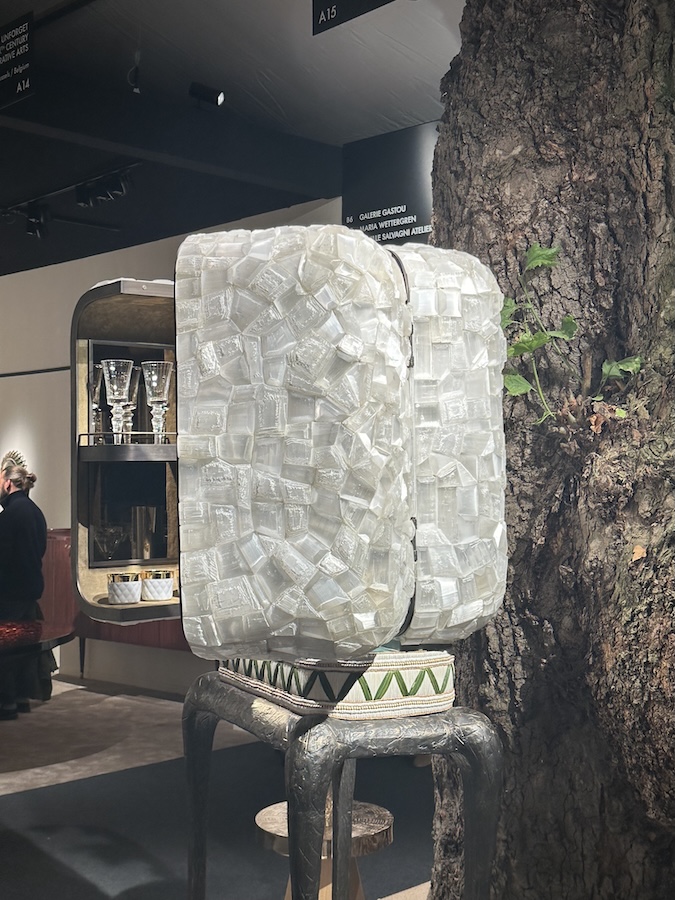 Jewelry Cabinet / Selenite Cabinet. Selenite, bronze, embroidery, natural pigments. H. 200 cm; W. 80 cm; D. 50 cm. Courtesy of Stéphanie Coutas.
Jewelry Cabinet / Selenite Cabinet. Selenite, bronze, embroidery, natural pigments. H. 200 cm; W. 80 cm; D. 50 cm. Courtesy of Stéphanie Coutas.
Sparking Conversation on the Importance of Originality in Collectible Design
Freddy’s reflections on craftsmanship sparked a thoughtful discussion on the importance of originality in collectible design. “One thing I noticed at PAD this year,” he observed, “is that some pieces have a certain mass-produced feel, which detracts from their uniqueness. When you’re looking for collectible design, it’s not just about aesthetics—it’s about the personal touch, the craftsmanship, and the story that the piece carries. When design feels replicable, it loses the soul that makes it truly special.” For Freddy, the value of a piece lies in its individuality, in the artist’s ability to inject their vision and skill into every element. “It’s the hand of the artist that gives a piece life,” he continued. “When you lose that, what’s left is something that feels more like a product than a work of art, and that’s where the charm begins to fade. That’s what separates true collectible design from something that feels like ‘glorified Ikea.’”
“It’s the hand of the artist that gives a piece life,”
Freddy van Zevenbergen
This sense of authenticity and craftsmanship came to life as we explored Galerie Mélissa Paul, where the work of Taylan Aygün offered a perfect counterpoint to mass-produced design. His Fictional Flora series, intricately handwoven into Kilim tapestries by Anatolian craftswomen, stood as a testament to the power of traditional craftsmanship merged with contemporary innovation. Freddy was immediately drawn to the character imbued in these pieces. “These tapestries speak of history and technique—they’re made with centuries-old methods, but there’s a freshness to them that’s captivating,” he said. Freddy went on to explain how Aygün’s work mirrors a philosophy he holds dear: the balance between honoring the past while embracing the future. “The Kilim tapestries are not just hand-dyed and hand-knotted using traditional skills; they’ve been designed with modern tools like iPads, which shows a fusion of old and new. That resonates with how I approach interiors—rooted in the integrity of craftsmanship, but open to new methods and ideas.”
A Broader Philosophy of Longevity in Design
Freddy’s regard for Aygün extended beyond the aesthetics of the tapestries to the broader philosophy of longevity in design. “What I love about real, artisanal pieces is that they have the capacity to age gracefully. While the tapestries themselves won’t develop a patina, I think of other objects—a bronze sculpture, a wooden table, or a leather chair—these materials, when crafted with care, evolve over time, gaining character with every touch and exposure to the elements. This is what sets true collectible design apart—pieces that are not only beautiful but also grow more interesting and personal as they age. It’s not just about their appearance today but about how they will tell a story over the years—something mass-produced items simply can’t achieve.”
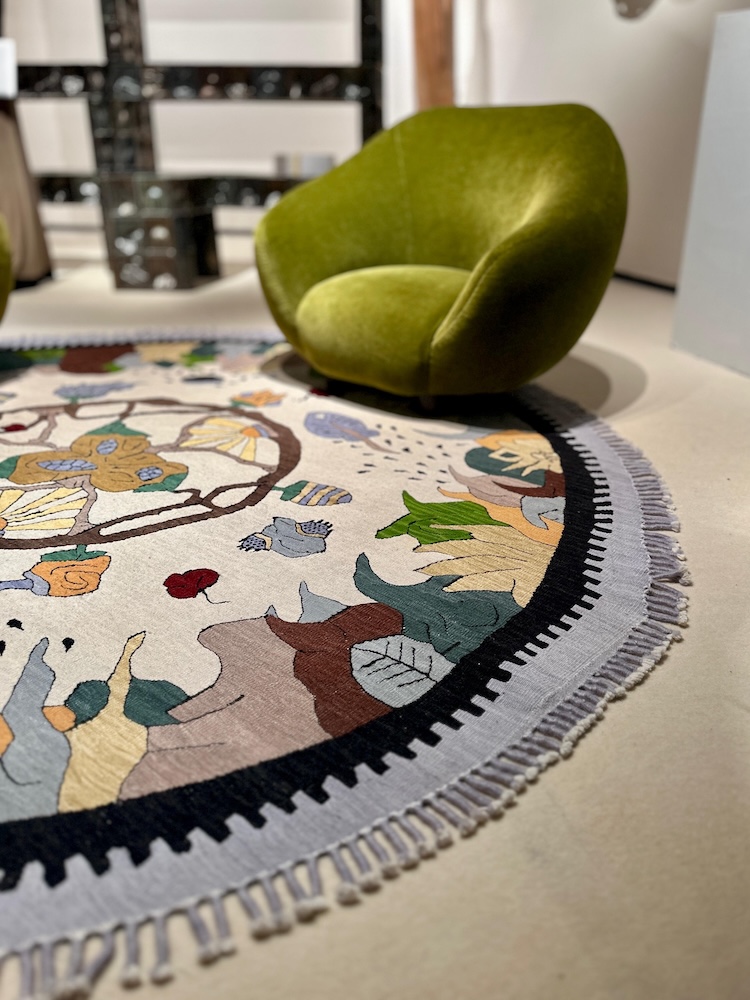 Tapestry by Taylan Aygü. Photograph by Freddy Van Zevenbergen. Courtesy of Galerie Mélissa Paul.
Tapestry by Taylan Aygü. Photograph by Freddy Van Zevenbergen. Courtesy of Galerie Mélissa Paul.
“What I love about real, artisanal pieces is that they have the capacity to age gracefully,”
Freddy van Zevenbergen
The Avante-Garde Vision of 2024 LOEWE Foundation Craft Prize Finalist Heechan Kim
As we moved through the fair, the debut of Charles Burnand Gallery stood out as a fresh and innovative approach to design. Their exhibition, “Spectral Landscapes: The Fusion of Organic and Futuristic Design,” showcased works that explored the intersection between nature and avant-garde aesthetics. One piece that particularly captivated us was Heechan Kim’s Untitled 18, a monumental hanging sculpture made from wood veneer. As a 2024 finalist for the LOEWE Foundation Craft Prize, Kim is known for pushing the boundaries of traditional craftsmanship, creating alien-like forms that completely reimagine the possibilities of working with wood veneer. Untitled 18 presented a strikingly unique design language, combining a deep respect for materials with an avant-garde vision.
Freddy was particularly impressed by how the piece transcended the simple use of raw materials. “What I found fascinating about Untitled 18 wasn’t just its organic form,” he noted, “but how it transformed materials like wood and metal into something entirely new. Rather than relying on the inherent beauty of raw materials, Kim reimagined them, creating something fresh and innovative. This approach requires a higher level of skill—crafting a form through artistry rather than simply showcasing the natural qualities of the materials.” Freddy emphasized that true artistry lies in the manipulation and refinement of materials to create new beauty, rather than depending solely on their raw allure. His high regard for the piece reinforced his belief that the future of design lies in innovation that respects the integrity of materials while merging craftsmanship with visionary creativity.
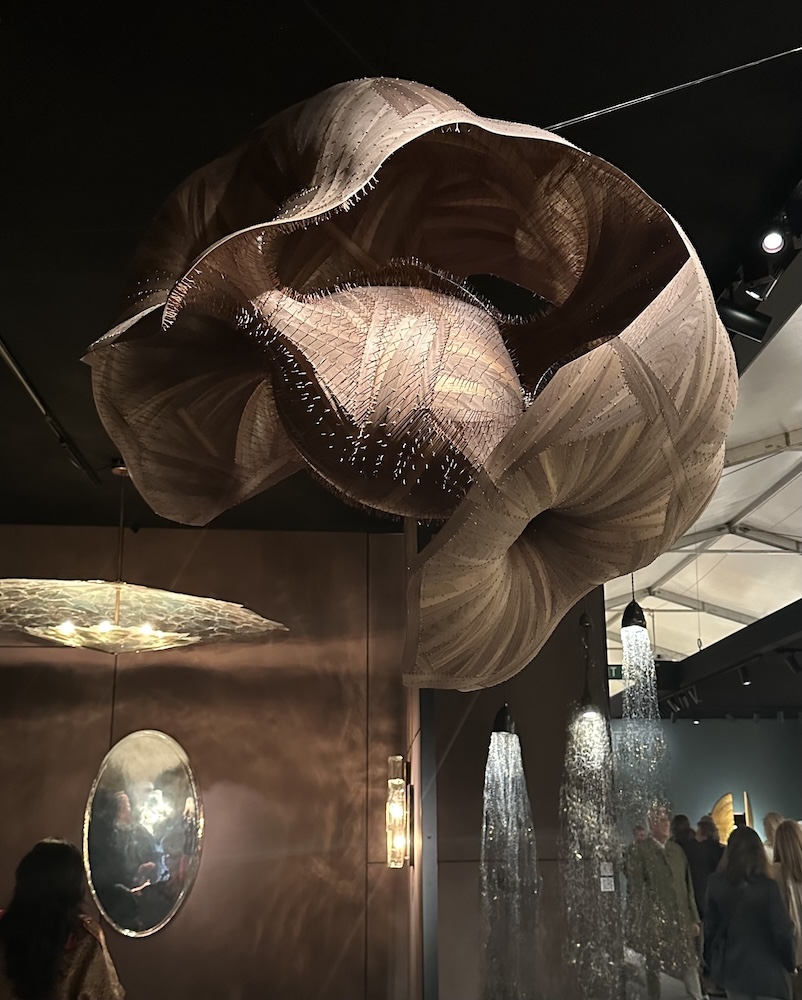 Heechan Kim’s Untitled 18, a monumental hanging sculpture made from wood veneer Photograph by Ana Novi. Courtesy of Charles Burnand Gallery.
Heechan Kim’s Untitled 18, a monumental hanging sculpture made from wood veneer Photograph by Ana Novi. Courtesy of Charles Burnand Gallery.
Captivating Material Experimentation on Display
At Rademakers Gallery, we encountered a striking piece by Diederik Schneemann, whose Cigar Desk exemplifies the boundaries of material experimentation. Thousands of intricately layered cigar ribbons, skillfully spray-painted, create a richly textured surface that captivates both visually and tactilely. The elegant bronze handles and brass interior add a sophisticated touch, while the conceptual framework invites deeper contemplation of the interplay between craftsmanship and mass production. Freddy remarked on the desk’s audacious design, noting how it masterfully balances humour with creativity—functioning seamlessly as both an art piece and a practical object. “What appeals to me,” Freddy said, “are pieces that don’t take themselves too seriously. There’s a sense of humor here, but it’s backed by real quality and substance. The desk feels almost like a Pop Art piece, with just the right amount of playfulness, without being too in-your-face or polarized. That’s the mark of a successful piece in a collection—it engages you, even makes you smile, while still being functional.” For Freddy, the desk’s light-heartedness, combined with its craftsmanship, exemplified the spirit of collectible design that challenges conventional perceptions while retaining its charm and usability.
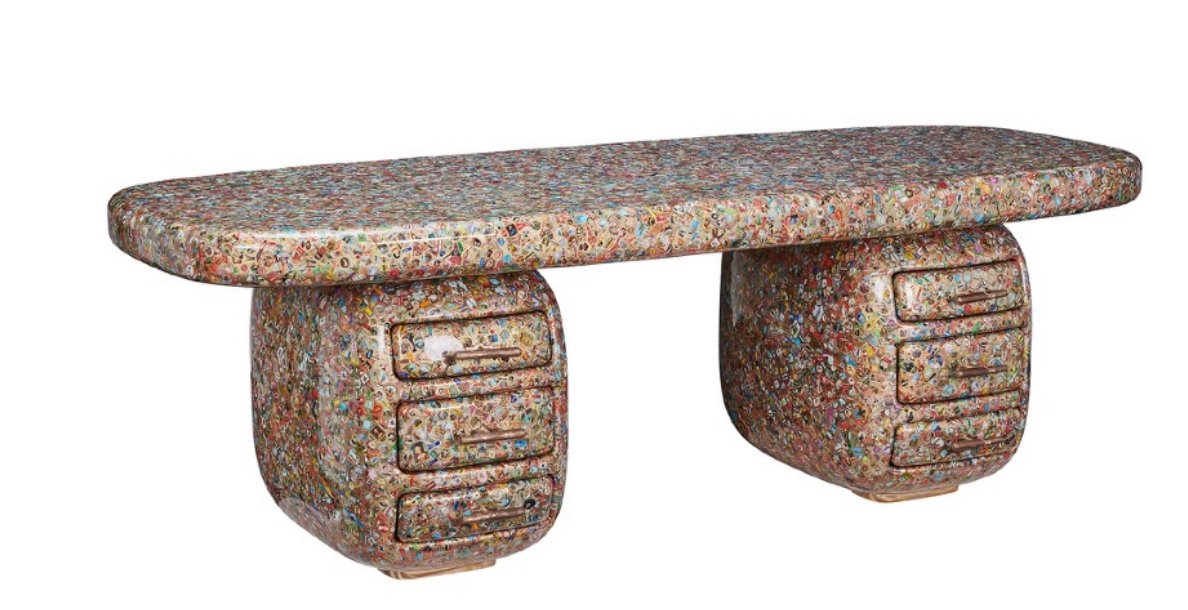 Cigar Desk by Diederik Schneemann. Courtesy of Rademakers Gallery.
Cigar Desk by Diederik Schneemann. Courtesy of Rademakers Gallery.
The Blurring of Fine Art and Functional Design
For me, one of the standout moments came from Carpenters Workshop Gallery, where Claude Lalanne’s Ginkgo dining table held a commanding presence. The delicate ginkgo leaves, rendered in a sculptural form, blurred the lines between fine art and functional design in a way that perfectly encapsulated PAD’s ethos. The piece embodied the marriage of sophistication and practicality. Freddy had observed something similar earlier when we discussed the importance of designs that are both beautiful and usable. “It’s this kind of piece that really dissolves the boundaries between art and design. You can appreciate it for its beauty, but it’s also something you can live with and use daily—that’s a rare combination in the world of collectible design.”
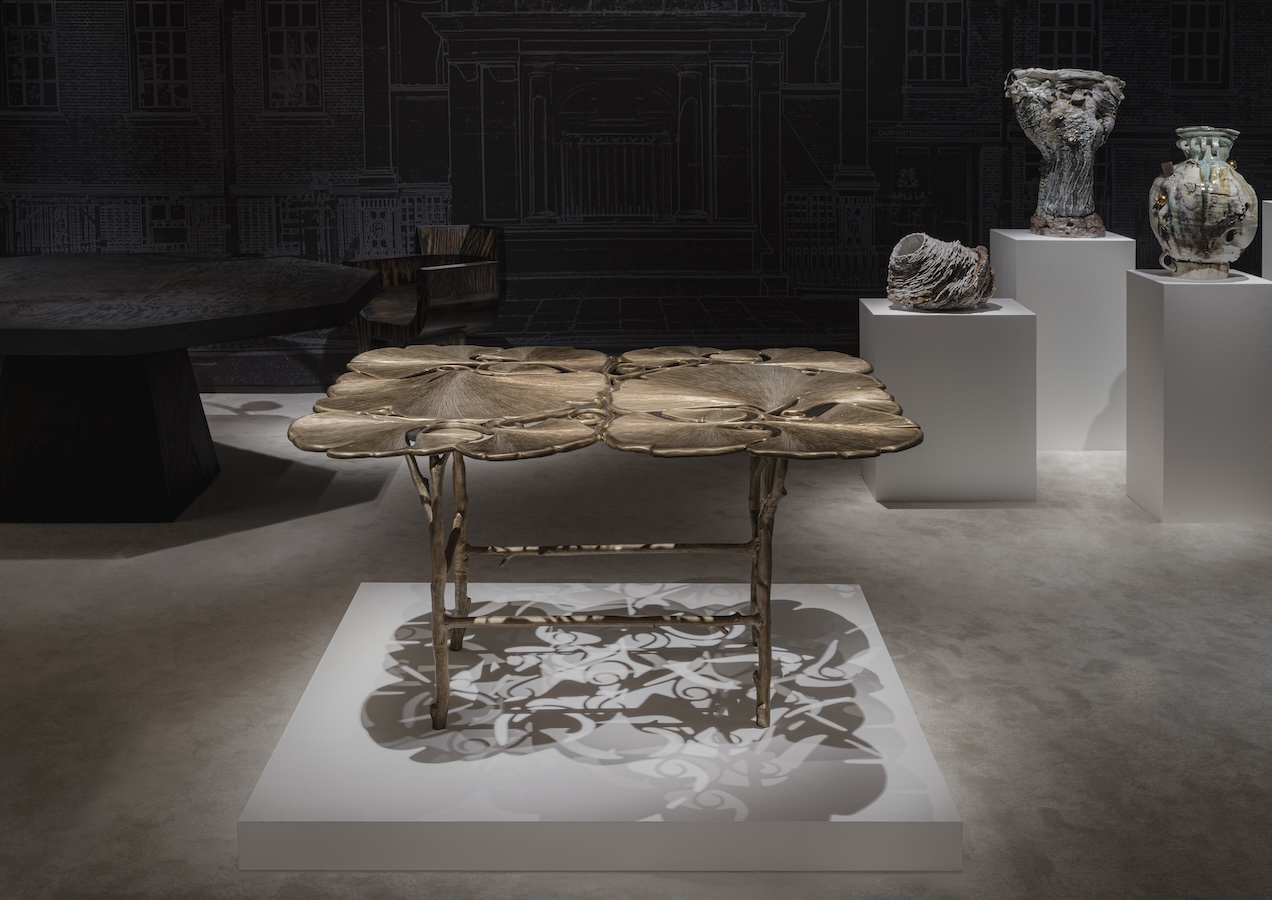 Claude Lalanne’s Ginkgo dining table. Photography by Benjamin Baccarani. Courtesy of Carpenters Workshop Gallery.
Claude Lalanne’s Ginkgo dining table. Photography by Benjamin Baccarani. Courtesy of Carpenters Workshop Gallery.
Nilufar, another gallery that captured my attention, presented a masterful blend of vintage treasures and contemporary creations. The Shaded Graphite cabinet and Mesa console, designed by Vikram Goyal, stood out for their intricate repoussé brass surfaces, evoking the textures of natural landscapes. The collection felt as though it spanned multiple eras, seamlessly integrating mid-century aesthetics with modern craftsmanship. This layering of history and modernity gave the collection a eternal quality, illustrating how Nilufar continues to push the conversation forward in the world of collectible design.
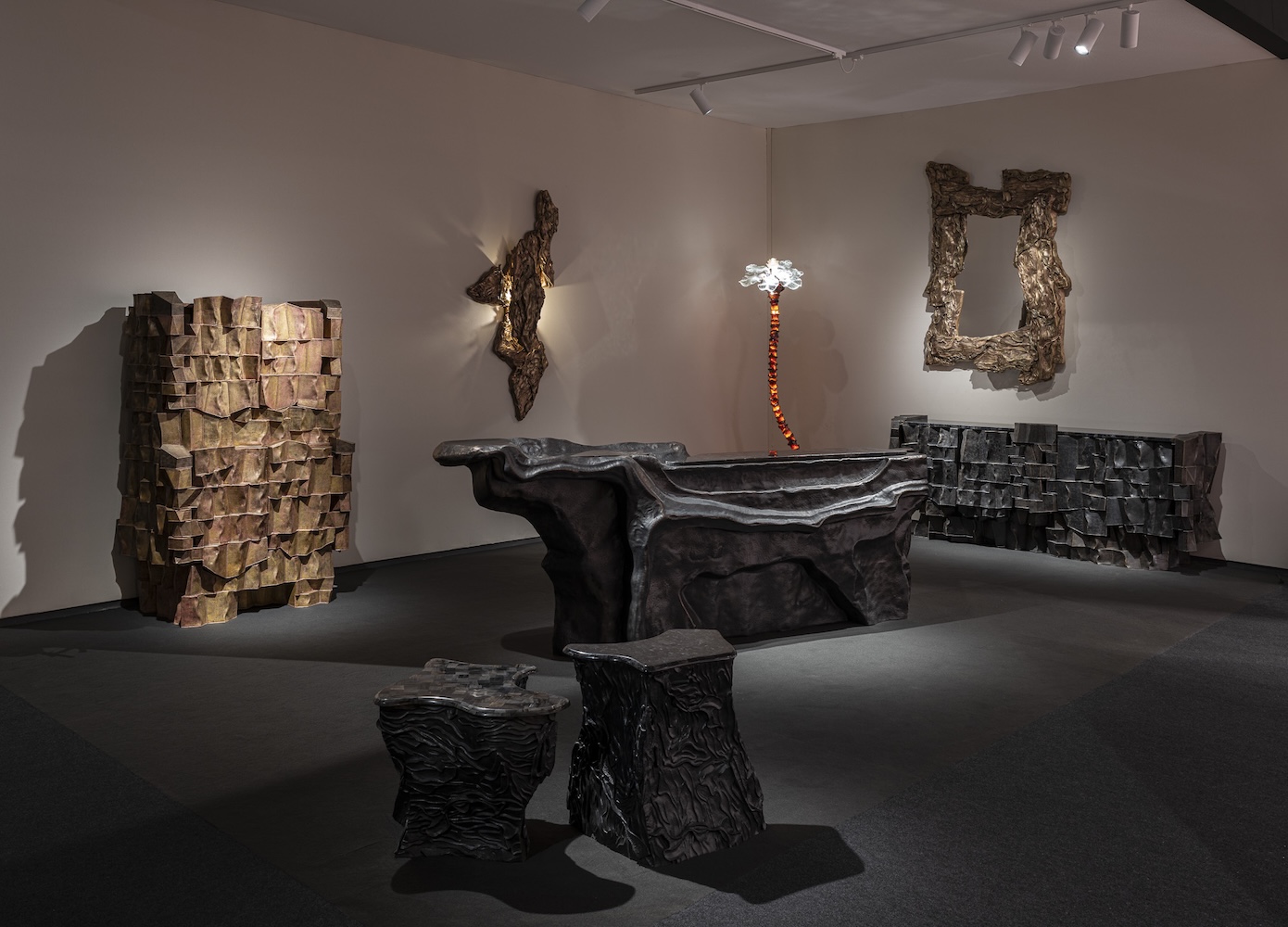 Vikram Goyal x Nilufar, Booth C12, PAD 2024. Photo by Stephane Aboudaram. Courtesy of Nilufar.
Vikram Goyal x Nilufar, Booth C12, PAD 2024. Photo by Stephane Aboudaram. Courtesy of Nilufar.
PAD London 2024 Reaffirms its Place as a Leading Design Destination
As we concluded our exploration of the fair, Freddy reflected on what makes PAD such an important event for both collectors and designers. “What makes PAD special is that it brings together pieces that aren’t just objects—they’re personal. Each piece tells a story through its materials and craftsmanship, and that’s something you can feel when you walk through the fair. It’s not just about aesthetics; it’s about connecting with the work on a deeper level. The pieces here have soul, and that’s what keeps collectors coming back year after year.” PAD London 2024 reaffirms its place as a leading destination for those who seek the finest in design, blending tradition with innovation in ways that continue to push the boundaries of what is possible. Freddy van Zevenbergen’s insights highlighted the unique ability of PAD to capture the evolving tastes of collectors, where bold, one-of-a-kind pieces stand alongside timeless designs. From Galerie Gastou to Galerie Hervé Van der Straeten, Stéphanie Coutas, Rademakers Gallery, Galerie Mélissa Paul, Charles Burnand Gallery, and Nilufar, this year’s fair exemplifies the enduring power of design to captivate and transcend. With just a few days left to visit, PAD London offers a rare opportunity to witness the future of collectible design in real time.






